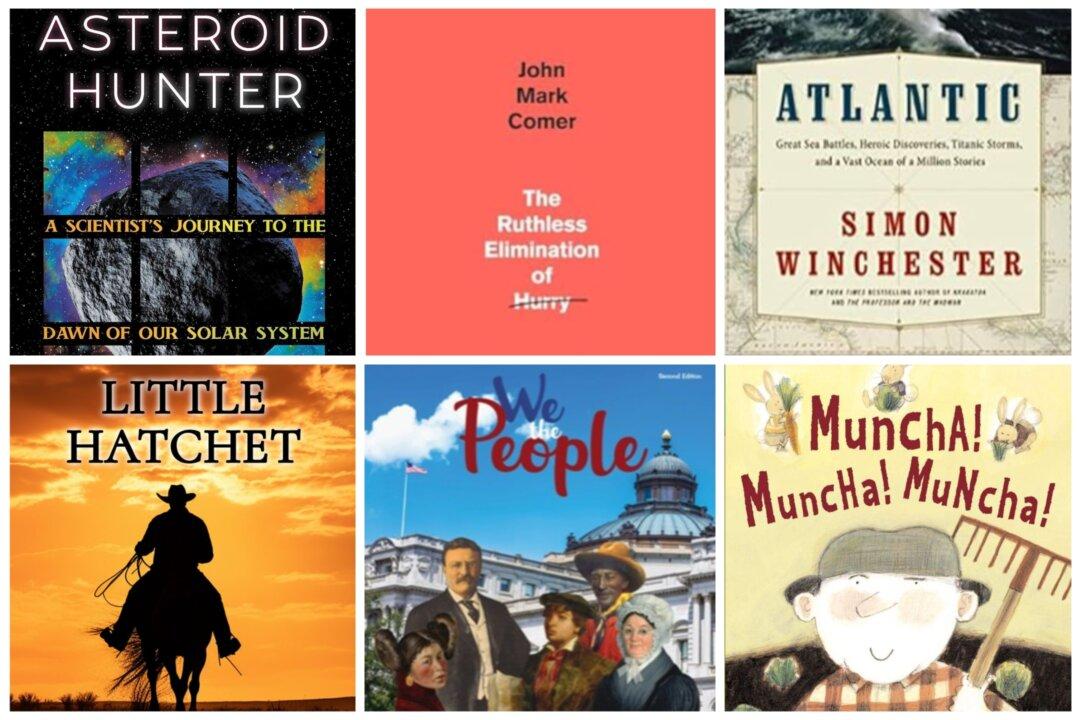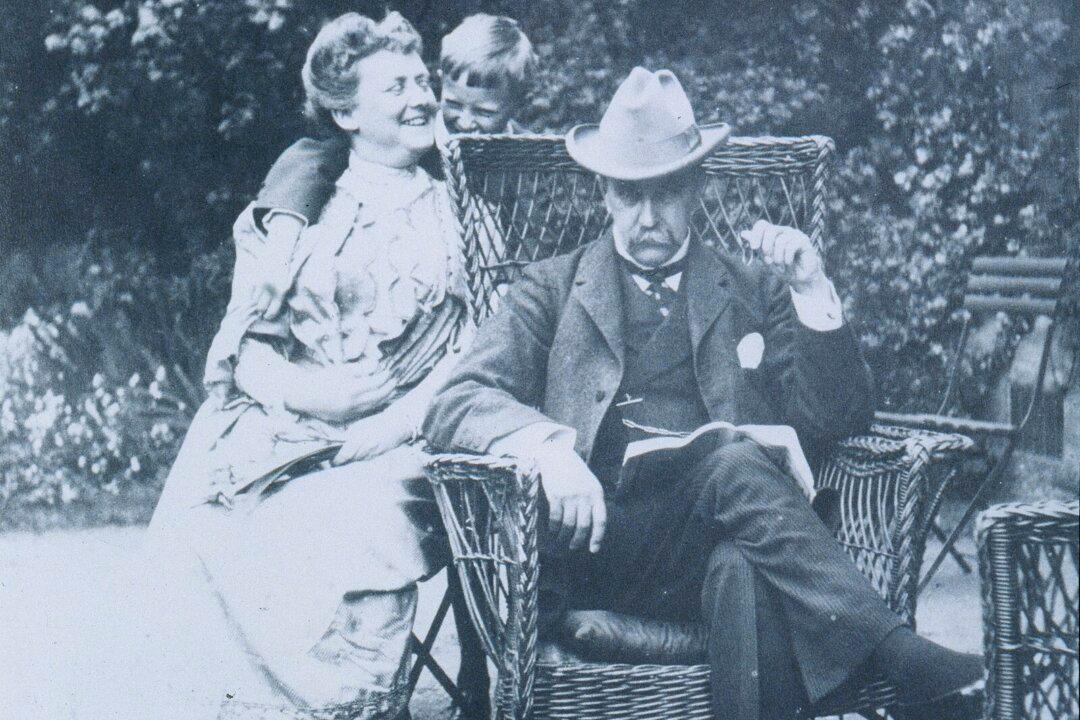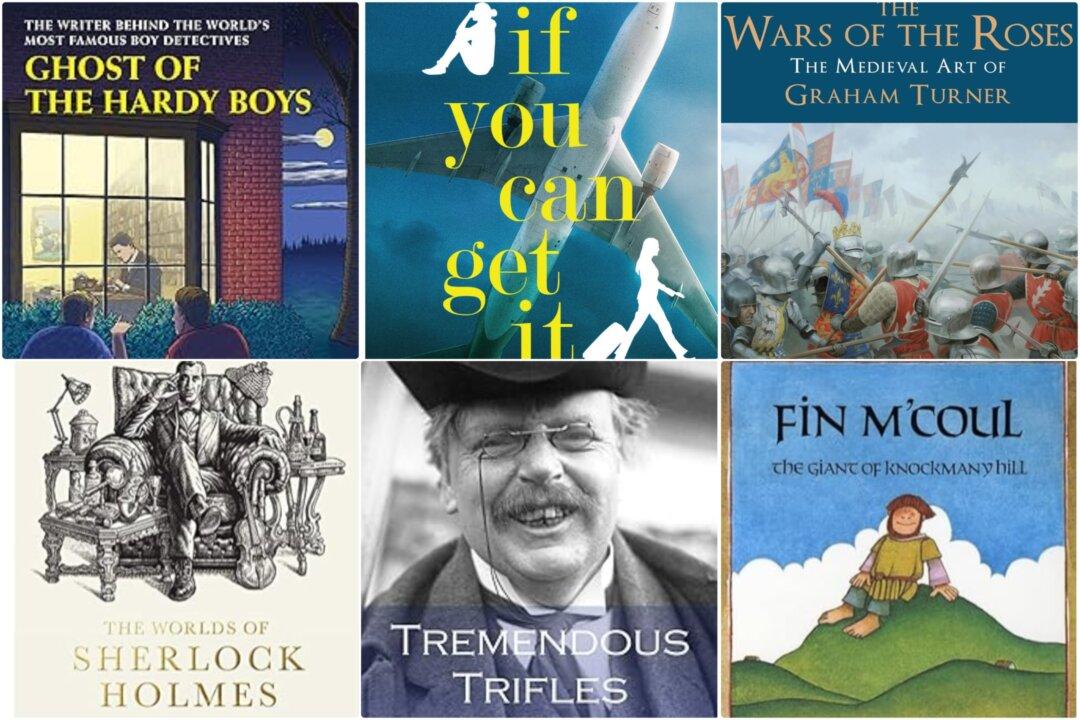A retired teacher meets a former student, learns she is discouraged about her life, takes down her address, and mails her a copy of Charles Murray’s “The Curmudgeon’s Guide to Getting Ahead.” A woman works 12 hours a day from her home, writing memos and editing reports sent to her by her supervisor, trying her best to keep the company afloat in this time of quarantine. A husband and wife struggling to pay their rent are given $1,000 by a friend’s father.
So what do the teacher, the secretary, and the friend’s father share in common?
None of them receives a thank you note.
Words on Paper Work Best
Thank you notes for all sorts of gifts—money and presents, advice, help of some kind—were once commonplace. The recipients put pen to paper, wrote out their letters, thanked the givers, explained how they would put the gift to use, and popped the note into the mail.Given our age of high technology, a note of thanks sent through the post office has likely gone the way of the Remington Electric Typewriter and landline telephones. Few people write letters of any kind these days, corresponding instead via the Internet or by cell phone.
This is unfortunate, as receiving a personal letter in a mailbox is rare and an event to be celebrated. This past New Year’s, for example, I resolved to send letters to two of my grandchildren every week—I have a multitude of them—and from toddlers to teens, this gang delights in getting their own special message from Grandpa in the mail.
Alternatives
The next best course is to send an email of gratitude. Here again, the person you are writing will be happy to hear from you and will appreciate your gesture.Even a phone call can work. Recently, I missed sending a birthday present to an 8-year-old grandson. After about a week, I realized my mistake, ordered him a child’s tool belt with real tools from Amazon—I had noticed how much he liked hammering nails into boards on my last visit—and received an excited call from him three days later. “So did the tool belt fit?” I asked. “I haven’t tried it on yet, Grandpa,” he said. “I wanted to call you first and thank you.”
The excitement in that kid’s voice brings a smile every time I think about him and that tool belt, and in this particular case beats a written note any day of the week.
Of course, some gifts don’t oblige us to write such notes. No one in my family gives formal thanks for gifts exchanged at Christmas. Most birthday presents may receive a thank you in person or via phone. Intimacy and the occasion preclude a formal gesture of gratitude.
Some Suggestions and Guidelines
For those who find writing a grocery list, much less a letter, burdensome, please know there is plenty of online help. In “Thoughtful Wording for a Thank You Note,” for instance, Debby Mayne offers some helpful tips, even giving her readers specific wording to use in their letters. She takes us step-by-step through this process, reminding us that in such notes we should express our gratitude, mention specifically the gift we received, and describe how we intend to use it or how it benefited us.That last point is key. It is important we tell others not only of our gratitude, but whenever possible also explain why that gift, whatever it was, meant so much to us. After my wife died in 2004, and until her death last year, my mother-in-law sent me a check every year for my birthday. That money was always needed, and when I wrote her back, I made sure to describe exactly how it would be used: college tuition for some of my children, repairs on my Honda, visits to the dentist, and so on.
The Radiance of Gratitude Expressed
Though we should try to write such notes within a few days of receiving a gift, it’s really never too late to write and express our gratitude to someone. In my mid-40s, when I was teaching homeschooling seminars, I wrote to my ninth-grade English teacher, with whom I hadn’t communicated since I was 14, to thank him for some of the projects he had assigned us and to tell him I was introducing similar projects into my classroom. He sent back a delightful note of encouragement about teaching, telling me as well how much my letter had meant to him.A thank you note may seem a small and even trivial thing, but it lights one more candle in a world often in need of light.







Friends Read Free